
Wilberforce is a census-designated place (CDP) in Greene County, Ohio, United States. The population was 2,410 at the 2020 census.

Wilberforce University is a private historically black university in Wilberforce, Ohio. Affiliated with the African Methodist Episcopal Church (AME), it was the first college to be owned and operated by African Americans. It participates in the United Negro College Fund.
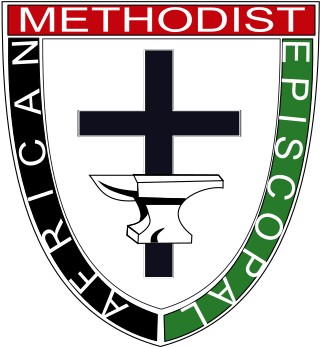
The African Methodist Episcopal Church, usually called the AME Church or AME, is a Methodist Black church. It adheres to Wesleyan-Arminian theology and has a connexional polity. The first independent Protestant denomination to be founded by Black people, AME welcomes and has members of all ethnicities.
The General Theological Seminary of the Episcopal Church (GTS) is an Episcopal seminary in New York City. Founded in 1817, GTS is the oldest seminary of the Episcopal Church and the longest continuously operating seminary in the Anglican Communion. The seminary was chartered by an act of the Episcopal Church's General Convention and its name was chosen to reflect its founders' vision that it be a seminary to serve the whole Church. In 2022, the General Theological Seminary entered into a formal affiliation with Virginia Theological Seminary whereby the two separate institutions share a common leadership structure.
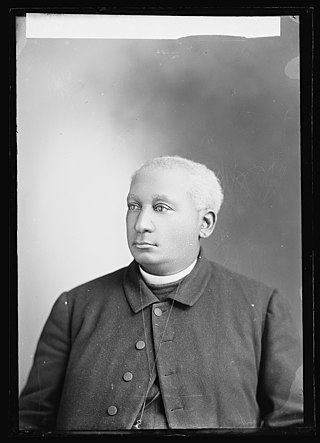
Benjamin William Arnett was an American educator, minister, bishop and member of the Ohio House of Representatives.

Candler School of Theology is one of seven graduate schools at Emory University, located in metropolitan Atlanta, Georgia. A university-based school of theology, Candler educates ministers, scholars of religion and other leaders. It is also one of 13 seminaries affiliated with the United Methodist Church.

Virginia Theological Seminary (VTS), formally called the Protestant Episcopal Theological Seminary in Virginia, located at 3737 Seminary Road in Alexandria, Virginia is the largest and second oldest accredited Episcopal seminary in the United States.

Reverdy Cassius Ransom was an American Christian socialist, civil rights activist, and leader in the African Methodist Episcopal Church. He was ordained and served as the 48th A.M.E. bishop.

Lewis Woodson was an educator, minister, writer, and abolitionist. He was an early leader in the African Methodist Episcopal Church (AME) in Ohio and Pennsylvania. Woodson started and helped to build other institutions within the free African-American communities in Ohio and western Pennsylvania prior to the American Civil War.

Daniel Alexander Payne was an American bishop, educator, college administrator and author. A major shaper of the African Methodist Episcopal Church (AME), Payne stressed education and preparation of ministers and introduced more order in the church, becoming its sixth bishop and serving for more than four decades (1852–1893) as well as becoming one of the founders of Wilberforce University in Ohio in 1856. In 1863, the AME Church bought the college and chose Payne to lead it; he became the first African-American president of a college in the United States and served in that position until 1877.
Bishop John Richard Bryant a retired bishop who was the former Senior Bishop and Presiding Prelate of the Fourth Episcopal District of the African Methodist Episcopal Church.

Hood Theological Seminary is a Christian seminary sponsored by the African Methodist Episcopal Zion Church in Salisbury, North Carolina. It is a graduate and professional school sponsored by the African Methodist Episcopal Zion Church and approved by the University Senate of The United Methodist Church. From its founding in 1879 until 2001, the seminary was part of Livingstone College; it is now independent. The seminary is accredited by the Association of Theological Schools in the United States and Canada.

William B. Derrick was an African Methodist Episcopal (AME) bishop and missionary. He worked as a seaman early in his life and served in the Union Navy during the US Civil War. After the war, he joined the AME church and became involved in church leadership and missionary activities. He became a bishop of the church in 1896. He was also involved in Republican politics and civil rights.
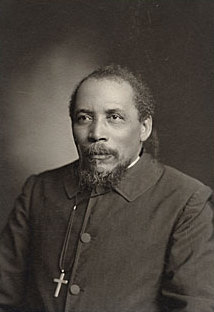
Benjamin Tucker Tanner was an American clergyman and editor. He served as a bishop in the African Methodist Episcopal Church from 1886, and founded The Christian Recorder, an influential African American Methodist newspaper.
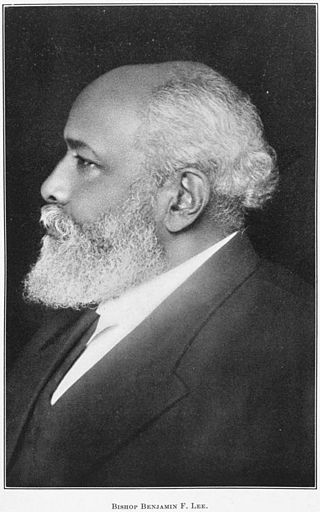
Benjamin Franklin Lee was a religious leader and educator in the United States. He was the president of Wilberforce University from 1876 to 1884. He was editor of the Christian Recorder from 1884 to 1892. He was then elected a bishop in the African Methodist Episcopal (AME) church, serving from 1892 until his resignation in 1921, becoming senior bishop in the church in 1915.
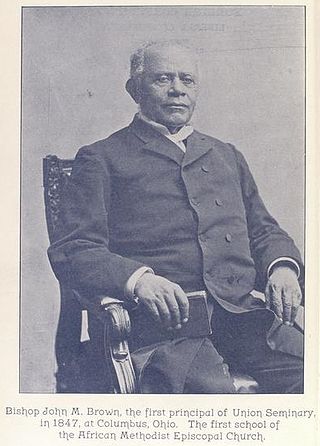
John Mifflin Brown was a bishop in the African Methodist Episcopal (AME) Church. He was a leader in the underground railroad. He helped open a number of churches and schools, including the Payne Institute which became Allen University in Columbia, South Carolina, and Paul Quinn College in Waco, Texas. He was also an early principal of Union Seminary which became Wilberforce University.
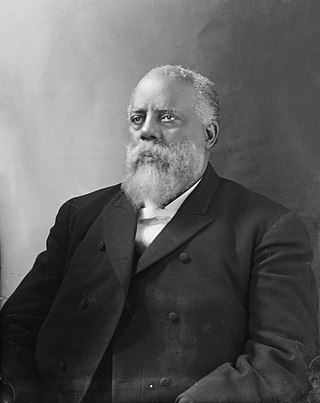
Bishop Wesley John Gaines was an African-American church and community leader in Georgia. He was vice president of Payne Theological Seminary and co-founder of Morris Brown College.
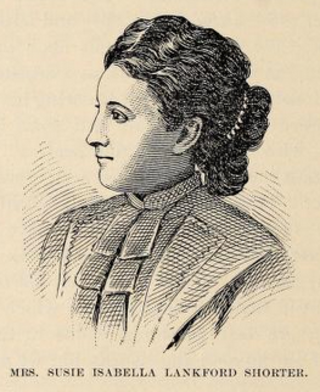
Susie Isabel Lankford Shorter was an American educator, philanthropist, and writer.

Emma S. Connor Ransom was an American educator and clubwoman, active in the African Methodist Episcopal Church (AME) and the YWCA.
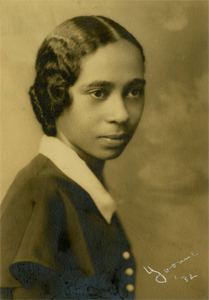
Yvonne Walker-Taylor was an American academic administrator who served as the 16th president of Wilberforce University. She was the first female African American college president in the United States.



















